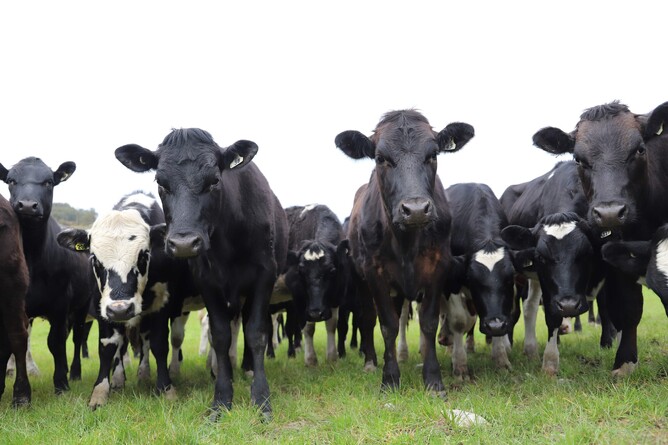As we flick our calendars over to March it’s time to begin thinking about making adjustments to your milking herd management. How you manage your herd in the next couple of months will have a significant impact on BCS at calving, which as a result, will affect your reproductive performance and milk solid production.
The first step to meeting calving BCS targets is to BCS all milking cows. This allows you to draft out groups of cows with the intention to implement a mixture of strategies such as preferential feeding high-risk cows, OAD milking (partial/whole herd), selective early dry-off, and supplement/winter crop feeding to dry cows.
Key points to think about when choosing dates to dry-off cows are:
Even well-fed cows are unlikely to gain more than 0.5 BCS units in 30 days.
Cows cannot gain BCS in the last month before calving as all their energy is diverted to growing the calf.
Well-fed cows milked OAD for 3 months in late lactation will be 0.5 BCS units fatter at dry-off than those milked TAD.
Targets for BCS at calving: 5.0 for mature cows and 5.5 for R2s and R3s.
So what’s the consequence of cows calving at a BCS of 4.0 rather than a 5.0?
They take 8-10 days longer to start cycling.
They become late calvers the following season.
They produce ~15 KgMS less the following lactation.
Below is a helpful table for drying off based on cow BCS (assuming cows are well fed on autumn pasture):
If you have questions about this topic or would like to book in your herd for body condition scoring, get in touch with one of our large animal team members.


